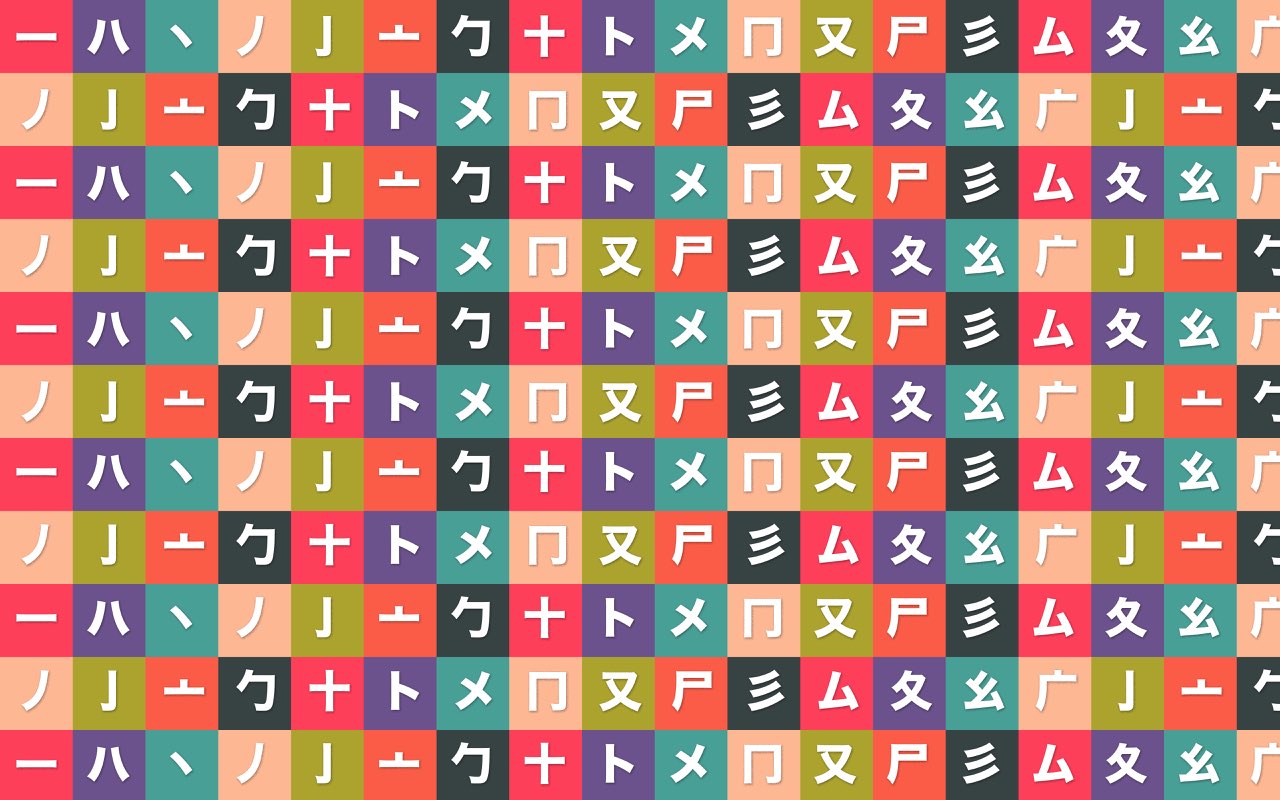

Make sure that the third stroke is longer than the first stroke to have a good balance. Then draw the second stroke from the middle of the first stroke down to the bottom.įinally, draw another horizontal line at the bottom touching the end of the second stroke at the center as well. Try imagining this character as *E*LEVATOR doors.įirst, draw a horizontal line on the top. When you reach the rightmost part, turn sharply down and make a curve. Next, draw another short vertical stroke to the left of the first stroke.įor the final stroke, start from where the second stroke started, and draw a long horizontal line touching the end of the first stroke. Instead of a short slanted stroke, start with a short vertical stroke. However, there is no "v" sound in Japanese so most people would pronounce this as a "b" sound. It is added to the character ウ to signify the letter V. Here's a special use of the "dakuten" unique to katakana. Katakana ウ actually looks an angular version of the hiragana う. The second stroke starts from the middle of the first stroke and goes straight down. The first stroke is a curved diagonal line starting from this point and going down to the left end. Think of this character as an *EA*SEL on its side. Try to keep this part centered to keep a good balance. It goes down, almost touching the end of the first stroke, continues down, and curves to the left. The second stroke starts a bit to the top of where the first stroke ends. The first stroke is a horizontal stroke which starts from the left and turns sharply to make a short curve. To remember this character, try comparing it with an *A*XE. Ok, time learn your first katakana! Are you ready? Here we go! It is also used to write certain technical or scientific words.įinally, katakana is also used for emphasis just like how English uses italics. Katakana is also used to write down onomatopoeia sounds like how you would see sound effects written in Japanese manga!

Most country names, foreign names, and all loan words from the modern era are written in katakana. This makes it easier for Japanese people to know how they are approximately pronounced. The main use of katakana is to differentiate and spell out foreign words using the Japanese syllabary. So why is it that we need to learn 2 basic writing systems when they both sound exactly the same? There is also almost nothing in common between how the katakana character looks compared to its hiragana counterpart, except for a few characters. Katakana characters tend to look more angular. The main difference is their appearance and when they are used. Katakana is the exact equivalent of hiragana when it comes to pronunciation. In this lesson, you'll learn about katakana, how it is different from hiragana, and the five katakana vowels. Introduction to Katakana and The Katakana Vowels ア, イ, ウ, エ, オ You've learned ALL the 46 hiragana characters from the previous lessons.

The fastest, easiest, and most fun way to master the Japanese alphabet! Hi everyone! Welcome to BASIC JAPANESE WRITING.


 0 kommentar(er)
0 kommentar(er)
